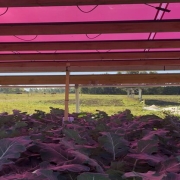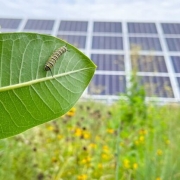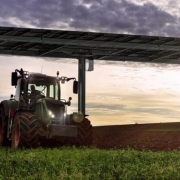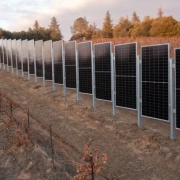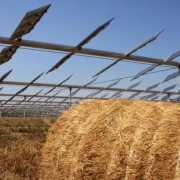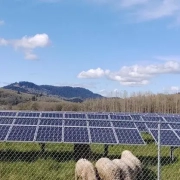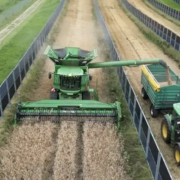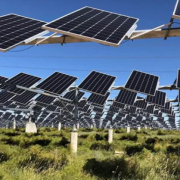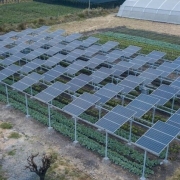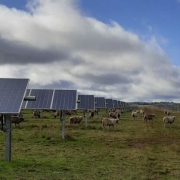Researchers at the Mälardalen University in Sweden have provided an extensive review of all wavelength-selective PV systems for applications in agrivoltaics.
“Traditional opaque silicon panels often create excessive shading that limits light availability for most shade-intolerant crops. Yet, plants do not need the full spectrum of sunlight for growth but only the region where they are photosynthetically active. In some cases, a full spectrum may even hinder their development,” the research’s lead author, Silvia Ma Lu, told pv magazine. “This opens the door for wavelength-selective solar photovoltaic (WSPV) technologies. WSPV systems are designed to transmit light at the wavelengths most beneficial for photosynthesis, while reflecting or absorbing less essential wavelengths to generate electricity.”
Click here to read the full article
Source: PV Magazine
—
If you have any questions or thoughts about the topic, feel free to contact us here or leave a comment below.

